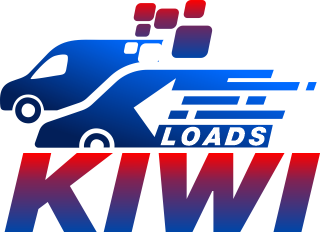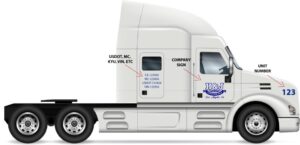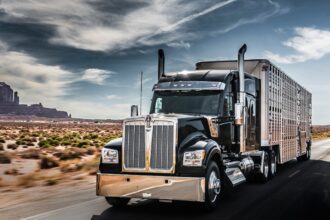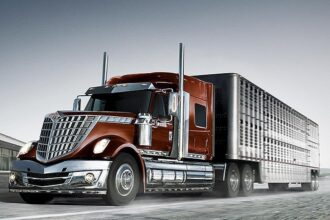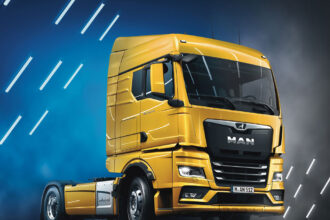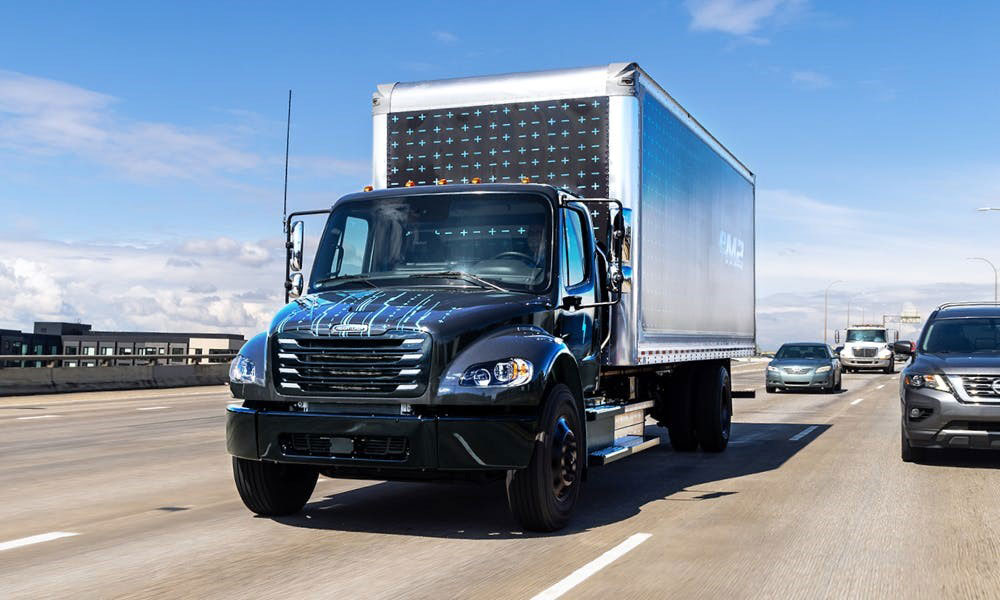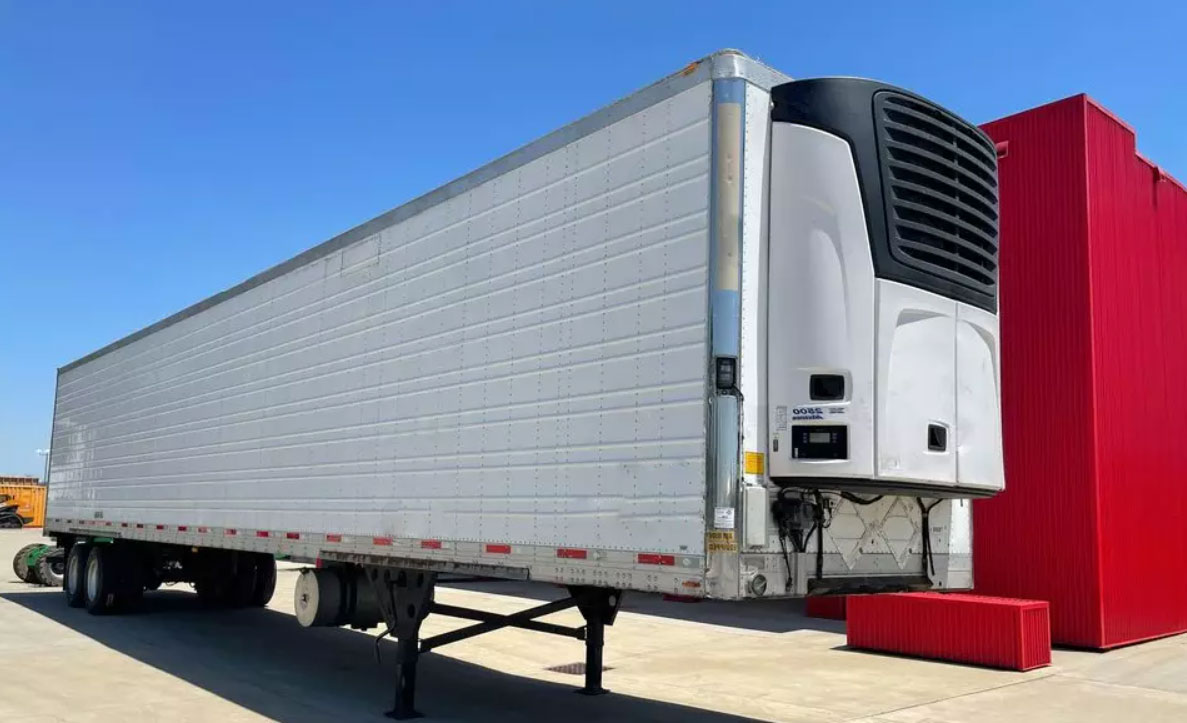Table of Contents
Selecting the right drayage software is a crucial decision for your logistics and transportation industry. Drayage, the short-haul movement of goods between ports, rail yards, and distribution centers, demands efficient coordination, tracking, and management. This is an era where technology reigns supreme, choosing the appropriate drayage software can be the difference between streamlined operations and chaotic inefficiency.
This article helps you navigate through the intricate process of selecting drayage software that aligns with your specific business needs. Get ready to delve into the key considerations, features, and benefits that you must evaluate in order to make an informed choice. From optimizing route planning to enhancing real-time visibility and ensuring compliance with industry regulations, the right drayage software can revolutionize your logistics operations.
Whether you are a seasoned logistics professional or just entering the field, this comprehensive guide empowers you to make the right decision, propelling your drayage operations towards efficiency, cost-effectiveness, and success.
How to Choose Drayage Software
- Understand How Drayage Software Works
- Define Your Specific Drayage Needs
- Evaluate Scalability and Integration Capabilities
- Consider User-Friendliness and Training Requirements
- Assess Real-Time Tracking and Visibility Features
- Examine Compliance and Reporting Capabilities
- Analyze Cost and Pricing Structures
- Research Vendor Reputation and Support Services
- Seek User Reviews and References
- Test for System Reliability and Uptime
- Ensure Data Security and Privacy Measures
Now, see how this concept plays out in practice with the following points:
>>>MORE: drayOS Review
1. Understand How Drayage Software Works
To choose drayage software, understand how it works. Drayage software is a logistics solution that manages and optimizes the movement of your containers or goods within short distances, often within a port or intermodal facility. The software allows you to optimize route planning, manage container movements, track shipments in real-time, and ensure compliance with industry regulations. Plus, the software collects, stores, and access data as well as facilitates communication between you and other stakeholders within the supply chain. By thoroughly understanding the software’s operational mechanisms, you can assess whether it aligns with your business requirements and ensures seamless integration into your logistics processes.
2. Define Your Specific Drayage Needs
To opt for the best drayage software, define your specific drayage needs. Assess your unique requirements by considering factors like the volume of shipments, geographic locations, and any special handling needs. Do you need real-time tracking, automated billing, or integration with other systems? By understanding your specific needs, you can match them with the capabilities of different drayage software options. This ensures that the software you choose aligns perfectly with your operational demands, making your logistics processes smoother and more efficient. Remember, the right software must match with your business, not a one-size-fits-all solution.
3. Evaluate Scalability and Integration Capabilities
To select drayage software, evaluate the software’s scalability and integration capabilities. Scalability means assessing if the software can grow with your business needs. It must handle an increasing number of shipments efficiently without a hitch. Integration capabilities refer to how well the software can work with your existing systems, like your transportation management or warehouse software. It needs to seamlessly exchange data and communicate with these systems.
With your hands in the right drayage software, you ensure a smooth flow of information and prevent data silos, making your operations more efficient. So, when considering drayage software, think about not only what it offers today but also how well it can adapt and play nicely with your other tools as your business expands.
4. Consider User-Friendliness and Training Requirements
To choose the right drayage software, consider user-friendliness and training requirements. A user-friendly interface ensures that your team can quickly adapt to the software, reducing downtime and frustration. Look for software with an intuitive design and clear navigation. Consider the training you require to get your staff up to speed. Complex systems may require extensive training, which can be costly and time-consuming. Opting for user-friendly software can save you both time and money. Prioritize solutions that offer accessible support and resources to assist with onboarding and ongoing usage, making the transition smoother for your team.
5. Assess Real-Time Tracking and Visibility Features
To settle for the right drayage software, assess real-time tracking and visibility features. Imagine you’re overseeing a shipping operation; this software acts as your eyes and ears. The right drayage software provides instant updates on your cargo’s location, status, and condition, ensuring you’re always in the know.
With real-time tracking, you can pinpoint delays, reroute shipments, and address any issues swiftly. Plus, it enhances customer satisfaction by offering accurate delivery estimated time of arrivals, ETAs. Visibility features go hand in hand, granting you insights into the entire supply chain, from pick-up to drop-off. This information empowers better decision-making and helps you streamline operations, making your drayage process more efficient and reliable.
>>>PRO TIPS: Amazon Relay vs DAT Load Board
6. Examine Compliance and Reporting Capabilities
To settle with the best drayage software, examine compliance and reporting capabilities. This means checking if the software can help you adhere to industry regulations and track your operations effectively. First, ensure the software can handle compliance requirements, such as environmental regulations or safety standards. It must help you stay in line with these rules effortlessly.
Next, look at its reporting tools. A good drayage software must provide clear and customizable reports on various aspects of your operations, like container movements, driver performance, and fuel consumption. These reports are essential for making informed decisions and demonstrating compliance to regulators or stakeholders. So, choose a software that simplifies compliance and empowers your reporting needs.
7. Analyze Cost and Pricing Structures
To choose the ideal drayage software, analyze and pricing structures. Carefully examine how the software calculates fees, charges, and overall costs associated with container transportation. Firstly, consider the software’s pricing model—does it align with your business needs, whether it’s a subscription-based, transaction-based, or custom pricing model? You want transparency here.
Secondly, assess how well the software handles cost optimization. Does it provide tools to minimize expenses, like route optimization or fuel cost tracking? These can significantly impact your bottom line. Ultimately, ensure the software’s pricing and cost analysis features match your budget and long-term goals, helping you make informed decisions and maximize your logistics efficiency.
8. Research Vendor Reputation and Support Services
To pick a drayage software, research vendor reputation and support services. Imagine you’re buying a car – you’re likely going get one from a reputable manufacturer with excellent customer service, right? You bet! Similarly, with drayage software, you want a reliable provider. Check reviews, ask industry peers for recommendations, and look for case studies of successful implementations. A good reputation indicates the software’s reliability and quality.
Support services matter too. Consider whether the software offers training, technical assistance, and timely updates. You want a partner who can help you navigate any issues that might arise during implementation or daily use. In the world of logistics, a strong vendor reputation and solid support can make all the difference.
9. Seek User Reviews and References
To decide which drayage software works best for you, seek user reviews and references. It’s like asking your friends for restaurant recommendations—you want to hear about their experiences. Look for reviews from other businesses who’ve used the software. Does it meet their needs? Does it save them time and money? Do they encounter any issues? Find answers to those questions.
References are like talking to someone who’s been to that restaurant multiple times. Ask the software provider for contacts of its current users. Reach out to them, ask about their experiences, and if it’s something they can recommend. These real-world insights can help you make a confident choice for your logistics needs.
>>>GET SMARTER: J.B. Hunt 360 Loadboard Review
10. Test for System Reliability and Uptime
To opt for a drayage software, test for system reliability and uptime. Think of system reliability and uptime as ensuring your digital logistics partner is always ready for action, like a dependable trucker. This means checking how often the software experiences downtime or glitches. A reliable system need to have minimal disruptions, like a smooth highway with no potholes. High uptime ensures your operations run smoothly 24/7, just like a trustworthy driver who’s always on time. This reliability is essential in the fast-paced world of drayage, where delays can be costly. So, prioritize a software provider with a track record of dependable performance.
11. Ensure Data Security and Privacy Measures
To choose a drayage software, ensure adequate data security and privacy measures. Ascertain that the software has robust measures in place to protect sensitive information. Look for features like encryption to safeguard data during transit and storage. Additionally, check if the software complies with relevant privacy regulations, such as GDPR or HIPAA, if applicable to your industry. It’s essential to assess who has access to your data and how the third party handles it. Regular security updates and audits can also indicate a commitment to data protection. By prioritizing data security and privacy, you can trust your drayage software with your valuable information.
Recap
Choosing the right drayage software involves several key steps. Start by gaining a deep understanding of how drayage software operates and then tailor your selection process to your specific needs. Assess the software’s scalability and integration capabilities to ensure it can grow with your business. Ease of use and training requirements are crucial, as they impact your adoption. Prioritize real-time tracking and visibility features as they enhance operational efficiency, while compliance and reporting capabilities are essential for regulatory adherence.
Analyze cost and pricing structures to align with your budget. Investigate the vendor’s reputation and the support services they offer. User reviews and references provide valuable insights. Testing for system reliability and uptime ensures you get consistent performance. Finally, prioritize data security and privacy measures to safeguard sensitive information throughout the logistics process.
